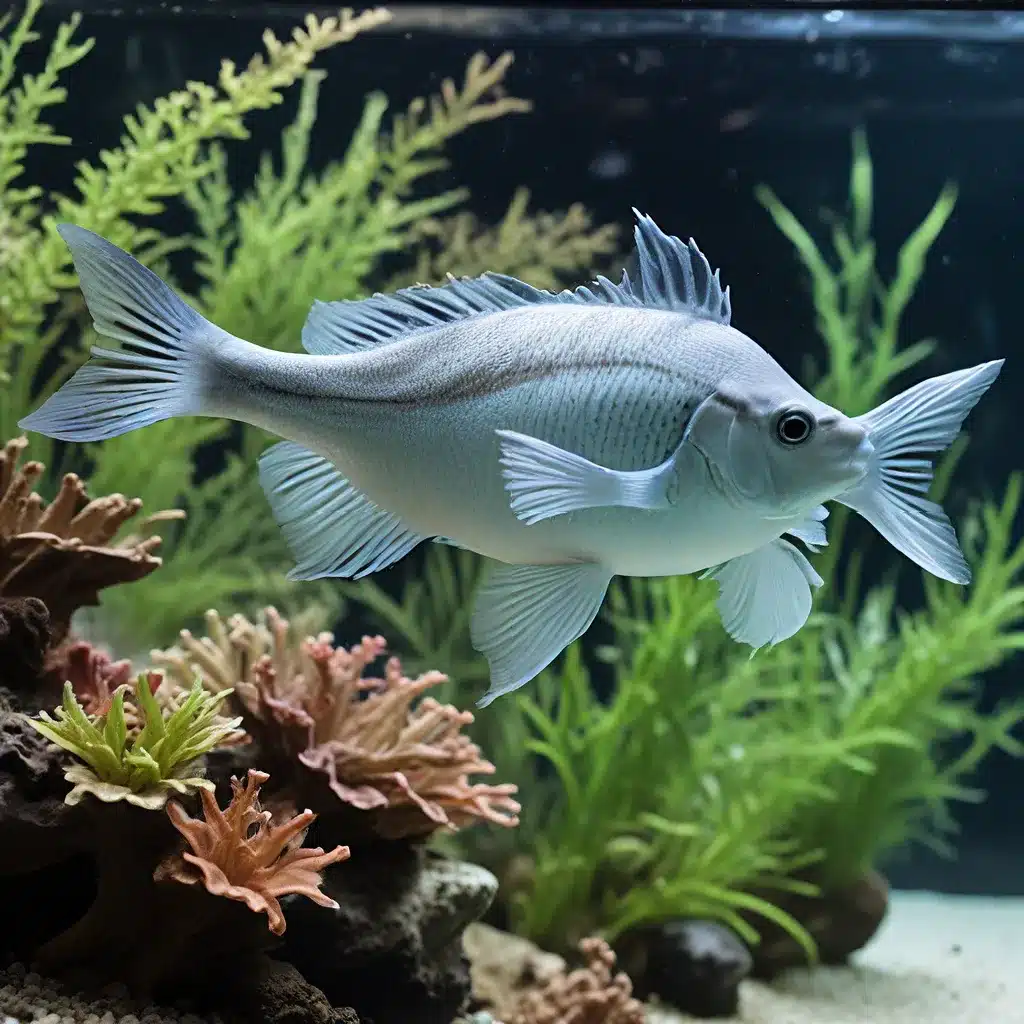
Maintaining a thriving aquarium ecosystem requires a delicate balance, and at the heart of this lies the intricate world of water filtration and biological filtration. As aquarium enthusiasts, we often find ourselves navigating the complexities of these systems, striving to create a harmonious and healthy environment for our aquatic inhabitants.
Understanding the Importance of Water Filtration
The quality of the water in our aquariums is paramount, as it directly affects the health and well-being of the fish, plants, and other organisms that call it home. Water filtration plays a crucial role in removing impurities, regulating parameters, and ensuring the overall stability of the aquatic ecosystem. There are several types of filtration systems, each designed to address specific needs, and understanding their functions and applications is key to creating a successful aquarium.
Mechanical filtration, for instance, focuses on removing physical debris, such as uneaten food, waste, and other particulate matter, using media like sponges or filter pads. Chemical filtration, on the other hand, utilizes specialized media to target dissolved organic compounds, heavy metals, and other dissolved pollutants, helping to maintain water clarity and quality.
The real backbone of a healthy aquarium, however, is biological filtration. This process relies on the establishment of a thriving colony of beneficial bacteria that convert toxic ammonia and nitrite into less harmful nitrate, a crucial step in the nitrogen cycle. Ensuring the proper development and maintenance of this biological filtration system is essential for the long-term sustainability of your aquarium.
The Complexities of Biological Filtration
Biological filtration is a delicate and intricate process that requires careful attention and management. The establishment of a stable and effective biological filtration system begins with the cycling of a new aquarium, a process that can take several weeks or even months, depending on various factors.
During this initial cycling phase, it is common for new aquarium owners to encounter a phenomenon known as “new tank syndrome.” This occurs when the aquarium’s fledgling biological filtration system is unable to keep up with the production of ammonia and nitrite, leading to elevated levels of these harmful compounds. Careful stocking, gradual fish introductions, and the use of beneficial bacteria supplements can help mitigate the risks of new tank syndrome and accelerate the cycling process.
Maintaining a robust biological filtration system is an ongoing endeavor. As the aquarium matures, the colony of beneficial bacteria must be nurtured and protected, as changes in water parameters, overfeeding, or the introduction of new fish can disrupt the delicate balance. Regular testing, water changes, and the use of appropriate water conditioners are essential to keeping the biological filtration system functioning at its best.
Integrating Mechanical and Biological Filtration
While biological filtration is the foundation of a healthy aquarium, it is often enhanced and supported by mechanical filtration. The combination of these two filtration methods creates a comprehensive system that efficiently removes both physical and dissolved pollutants, ensuring optimal water quality for your aquatic inhabitants.
Mechanical filters, such as hang-on-back (HOB) or canister filters, not only trap debris but also provide surface area for the growth of beneficial bacteria. By housing the biological filtration media within the mechanical filter, aquarium owners can create a synergistic relationship between these two critical components of the filtration system.
Maintaining and cleaning both the mechanical and biological filtration components is crucial. Neglecting either can lead to the accumulation of waste, the disruption of the nitrogen cycle, and an overall decline in water quality. Finding the right balance between these two filtration methods, and diligently caring for both, is the key to achieving a thriving and sustainable aquarium ecosystem.
Aquascaping and Water Management
Aquascaping, the art of designing and arranging aquatic plants and hardscape elements, plays a significant role in water management and filtration. Carefully chosen and placed plants can act as natural biofilters, absorbing excess nutrients and helping to maintain water clarity. Strategically positioning hardscape elements, such as rocks or driftwood, can create natural flow patterns that enhance water circulation and oxygenation.
The selection of aquatic plants is not only an aesthetic choice but also a practical one. Fast-growing, hardy species like Java Moss or Hornwort can help to outcompete algae for available nutrients, reducing the burden on the biological filtration system. Incorporating a diverse array of plants, each with their own unique needs and growth patterns, can create a balanced and self-sustaining aquarium ecosystem.
Water management, including regular testing, partial water changes, and the use of appropriate water conditioners, is crucial for maintaining optimal water quality. Monitoring parameters like pH, temperature, and dissolved oxygen levels, and making adjustments as needed, ensures that the aquarium environment remains stable and conducive to the health of its inhabitants.
Conclusion
Navigating the complexities of aquarium water filtration and biological filtration is an ongoing journey, but one that is essential for the success of any aquarium. By understanding the role of mechanical and biological filtration, mastering the nuances of the nitrogen cycle, and integrating aquascaping techniques with water management, aquarium enthusiasts can create thriving, sustainable aquatic environments that bring joy and fascination for years to come.
Remember, the key to a healthy and vibrant aquarium lies in your dedication to understanding and maintaining the delicate balance of its water filtration and biological filtration systems. Embrace the challenge, stay informed, and let your passion for aquarium keeping guide you towards aquatic excellence.

